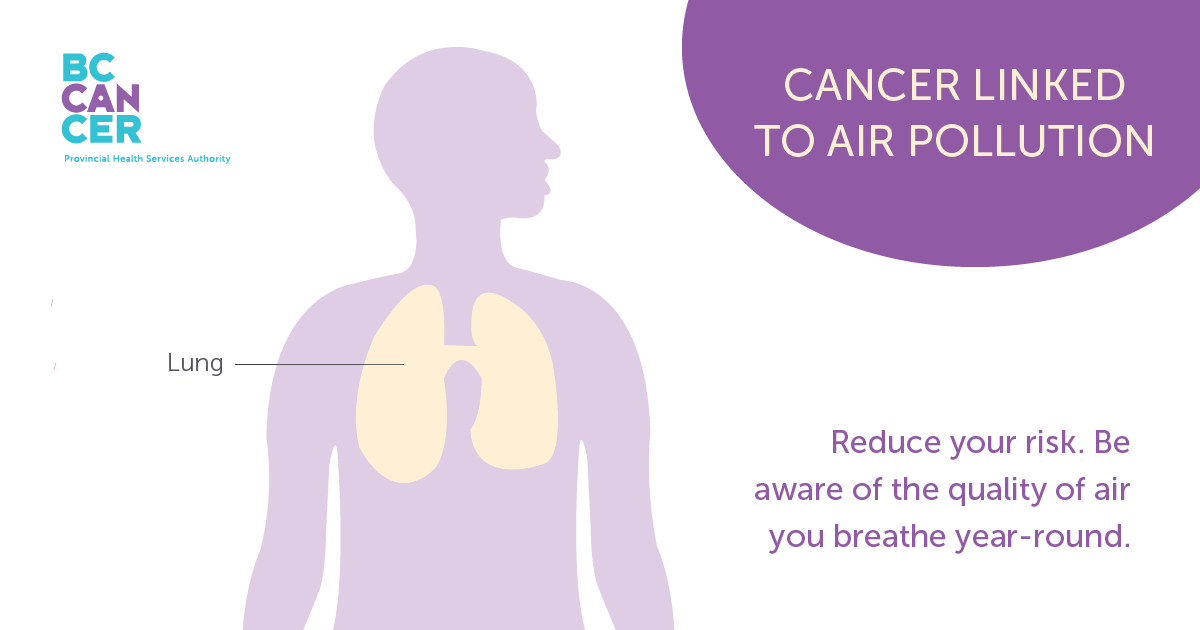The air we breathe is made up of a mixture of odourless, invisible gases and tiny particles that can affect our health and harm the environment.
Air pollution is a complex mix of many harmful gases and particles from both human-made and natural sources. Soot, dust, smoke, ground-level ozone and carbon monoxide are just a few examples of common pollutants that can contaminate the air we breathe.
These particles are a tiny fraction of the diameter of a human hair, and much smaller than a grain of sand. Regular exposure to these and other types of air pollutants, even at low levels, can be harmful for people, animals and plants.
Some types of air pollution, like ash from volcanoes or pollen from plants, occur naturally. These are called natural sources.
Most air pollution, however, is of our own making, like that coming from cars, coal-fired power plants, aerosol cans or human-caused wildfires. These are called anthropogenic (human-made) sources.
Air pollution isn’t just about the outdoor world—the air inside your home or building can be polluted too. Major sources of indoor air pollution include:
- Tobacco smoke and second-hand smoke
- Radon from the ground
- Indoor burning of coal or wood
- Fumes from paint or cleaning products
- Spores from mould and mildew
The effects of air pollution on the body vary depending on your health status, the type, mix and concentrations of pollutants in the air, as well as the length of time you are exposed.
Exposure to high levels of air pollution, for example on a busy road or during a wildfire episode, may lead to:
- Irritation of the eyes, nose and throat
- Wheezing, coughing, chest tightness and breathing difficulties
- Worsening of existing lung and heart problems, like asthma
- An increased risk of heart attack and stroke
Breathing polluted air for long periods of time can cause more serious health problems, such as lung tissue damage, heart failure and even cancer.
There is strong evidence that exposure to air pollution (indoor and outdoor) raises the risk for lung cancer. In B.C., an estimated six per cent of lung cancer diagnoses in 2015 were due to particulate matter, a major component of outdoor air pollution.
Exposure to high levels of indoor radon gas can also increase your risk of lung cancer. Approximately 16 per cent of lung cancer deaths in Canada are related to radon exposure.

Other studies have started to look at the link between air pollution and bladder and other cancers. More evidence is needed to show exactly how air pollution affects other organs after long-term exposure.
When we breathe in polluted air over time, we bring toxic air pollutants into our lungs. If the air pollutant is a known carcinogen, such as radon, that means it can increase your risk of developing certain cancers by changing the way cells are produced in your body. This could lead to DNA damage, which can cause cancer.
While breathing in larger pollutants, like dust, can still be harmful to our health, smaller particles, like fine particulate matter, are even more dangerous. These particles get trapped deep in the lungs and can even get into the bloodstream, causing damage to our health.
- Air pollution, specifically the fine particulate matter in it, has been linked to certain types of cancers.
- More than 15,000 Canadians die each year due to air pollution—1,900 deaths in B.C. alone. This is more than the number of Canadians who die each year from unintentional injuries, like car accidents, according to Statistics Canada.
- If we reduce outdoor air pollution exposures by 50 per cent between now and the year 2042, we could prevent roughly 3,700 lung cancer cases in Canada.
- There is no “safe” level of air pollution. Research shows even low levels of long-term exposure can have serious impacts on a person’s health.
